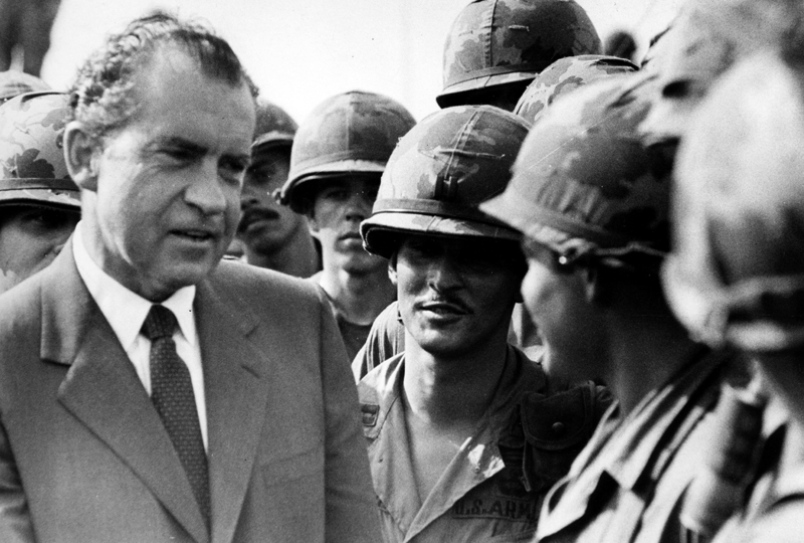President Nixon signs two landmark bills to expand Veterans benefits on this day in 1972
On October 24, 1972 President Nixon signed into law two bills that significantly expanded Veterans benefits, ensuring that not only those who were returning home from Vietnam were receiving well-deserved care but also guaranteeing that the 29 million veterans in the United States would receive the type of service for which they had given their country.
Bills Signed by President Nixon on October 24, 1972
H.R. 12828: Vietnam Era Veterans’ Readjustment Assistance Act of 1972
By the end of 1972, the American military had undergone an essential restructuring. By October of 1972, President Nixon’s Vietnamization policy brought the overall American troop strength in Vietnam down to less than 30,000 – it had been at 535,000 when he first assumed office. Coincidingly, the overall troop strength of American Armed Forces had been reduced, and Nixon’s declaration to end the draft while instituting an all-volunteer force contributed to a significant influx of GI’s transitioning to civilian life.
President Nixon understood that a major shift in the state of the American military required an equally major commitment to the hundred of thousands of servicemen who were expected to smoothly transition to civilian life. The two bills which President Nixon signed into law increased the GI bill education allowance by 25.7 percent for able and disabled veterans and dependents; increased by 48 percent the rates paid to GI bill trainees taking on-the-job or apprenticeship training; and authorized Federal grants to be used for new medical schools and training facilities as well as the expansion of existing schools affiliated with the Veterans Administration.
President Nixon’s commitment to America’s veterans, especially at a time when favorability for servicemen serving in Vietnam had suffered, demonstrates the importance with which he placed their treatment and well-being.
“By giving our veterans the gratitude and the opportunity they deserve, we are not only doing the right thing for them-we are also doing the right thing for all of us. Each returning veteran is a human resource, a mature, highly motivated young citizen who has proven his capacity to serve and to achieve. These young men and women form one of our strongest hopes for the future.
We can never fully repay, in dollars, in training, and in medical service, the patriotic sacrifices of the American veteran. But we can, and we shall, use this means of reaffirming our respect and gratitude towards them, and it is in this spirit that I am delighted to sign these two bills into law.”

